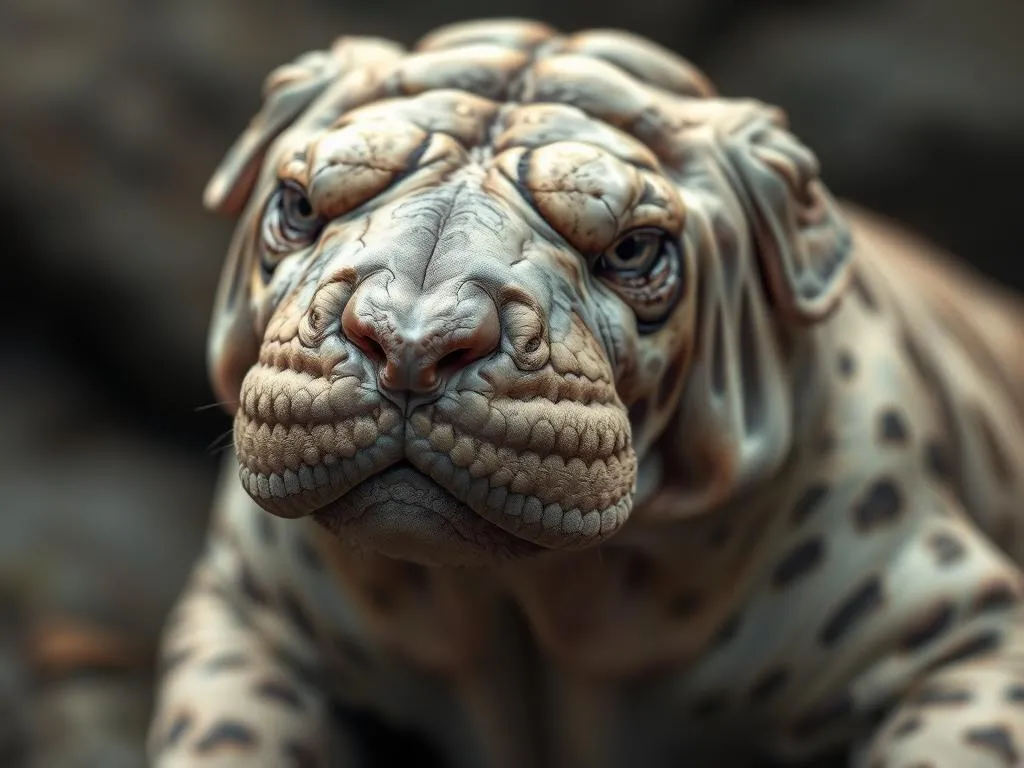
Shar Peis are unique and affectionate dogs, easily recognizable by their distinctive wrinkled skin and compact build. This breed, originally from China, boasts a rich history and has become beloved by many dog owners worldwide. Understanding the shedding habits of Shar Peis is crucial for both potential and current owners, as it can significantly influence your grooming routine and overall care strategy for your furry friend.
Understanding Shedding in Dogs
What is Shedding?
Shedding is a natural process where dogs lose old or damaged hair, making way for new growth. The frequency and amount of shedding can vary greatly among different breeds and individual dogs. Factors influencing shedding include the dog’s age, health, nutrition, and even the time of year.
Shedding vs. Hair Loss
It’s essential to differentiate between normal shedding and health-related hair loss. Normal shedding involves losing a few hairs daily, which is perfectly healthy. However, excessive shedding may indicate underlying issues, such as allergies or skin conditions. Signs of excessive shedding can include bald patches, skin irritation, or increased hair around your home.
Shar Pei Coat Characteristics
Coat Types and Textures
The Shar Pei is known for its unique coat, which can be categorized into two types: the horse coat and the brush coat. The horse coat is short and bristly, while the brush coat is slightly longer and softer. The type of coat your Shar Pei has can significantly affect how much they shed. Generally, both coat types shed moderately, but the brush coat may require a bit more grooming.
Seasonal Changes in Shedding
Like many dog breeds, Shar Peis experience seasonal changes in shedding. During spring and fall, you may notice an increase in shedding as they adjust to temperature changes. Additionally, the climate and environment also play a role in how much they shed. Warmer climates may lead to increased shedding as dogs naturally lose their winter coat.
How Much Do Shar Peis Shed?
Shedding Frequency and Amount
On average, Shar Peis shed moderately. This means you can expect to see some hair around your home, especially during seasonal changes. Compared to other breeds, Shar Peis shed less than heavy shedders like German Shepherds but more than low-shedding breeds like Poodles. Understanding these average shedding levels helps set realistic expectations for prospective owners.
Factors Affecting Shedding in Shar Peis
Several factors can impact how much your Shar Pei sheds:
- Genetics and breed characteristics: Some individual dogs may naturally shed more than others due to their genetic makeup.
- Age and health considerations: Younger dogs tend to shed less than older dogs. Additionally, overall health can directly influence shedding; dogs with health issues may experience increased hair loss.
- Diet and nutrition impact on shedding: A balanced diet rich in nutrients plays a crucial role in maintaining a healthy coat and minimizing shedding.
Managing Shedding in Shar Peis
Grooming Practices
Regular grooming is essential for managing shedding in Shar Peis. Here are some recommended grooming tools:
- Rubber curry brushes: Great for removing loose hair and dirt.
- Slicker brushes: Useful for untangling and smoothing the coat.
- De-shedding tools: Designed to help reduce excess shedding.
Aim to groom your Shar Pei at least once a week, and more frequently during shedding seasons to keep your home cleaner and your dog’s coat healthy.
Bathing and Skin Care
Bathing your Shar Pei is another effective way to manage shedding. However, it’s important not to over-bathe, as this can strip the natural oils from their skin, leading to dryness and irritation. For optimal results, follow these guidelines:
- Bathe your Shar Pei every 4-6 weeks, using a gentle, dog-friendly shampoo.
- After bathing, consider using a conditioner to help moisturize the coat and skin, which can reduce shedding.
Diet and Nutrition
A well-balanced diet can have a significant impact on your Shar Pei’s skin and coat health. Certain foods can help reduce shedding:
- Omega-3 fatty acids: Found in fish oil, these promote healthy skin and coat.
- High-quality dog food with protein: Ensures your dog gets the nutrients needed for a healthy coat.
Additionally, consider discussing supplements with your veterinarian, as they may recommend products specifically designed to promote skin and coat health.
Health Considerations Related to Shedding
Common Skin Issues in Shar Peis
Shar Peis are prone to various skin issues that can lead to excessive shedding. Common problems include:
- Allergies: Environmental or food allergies can cause irritation and increased shedding.
- Infections: Bacterial or fungal infections can also lead to hair loss and skin irritation.
Watch for signs such as redness, irritation, or unusual odors, and consult your veterinarian if you notice these symptoms.
When to Consult a Veterinarian
If your Shar Pei suddenly starts shedding more than usual, it’s essential to consult a veterinarian. Indicators of abnormal shedding include:
- Sudden bald patches.
- Red, inflamed skin.
- Increased scratching or licking.
Regular vet check-ups are crucial for monitoring your dog’s overall health, including skin and coat conditions.
Conclusion
Understanding how much Shar Peis shed is vital for current and potential owners. With moderate shedding levels, proper grooming, bathing, and nutrition can significantly help manage their shedding. Always pay close attention to your dog’s skin health and consult a veterinarian if you notice any concerning changes. By being proactive in your care routine, you can enjoy the unique companionship of a Shar Pei without the worry of excessive shedding.
FAQs
Do Shar Peis shed year-round?
Yes, Shar Peis shed year-round, but you may notice increased shedding during seasonal changes, especially in spring and fall.
Are there specific grooming tools recommended for Shar Peis?
Yes, rubber curry brushes, slicker brushes, and de-shedding tools are recommended for effectively managing shedding in Shar Peis.
Can diet really impact my Shar Pei’s shedding?
Absolutely! A balanced diet rich in nutrients, particularly Omega-3 fatty acids, can help maintain a healthy coat and minimize shedding.
What should I do if my Shar Pei suddenly starts shedding more than usual?
If you notice excessive shedding, consult your veterinarian to rule out any underlying health issues or skin problems. Regular check-ups can help you stay ahead of potential issues.









